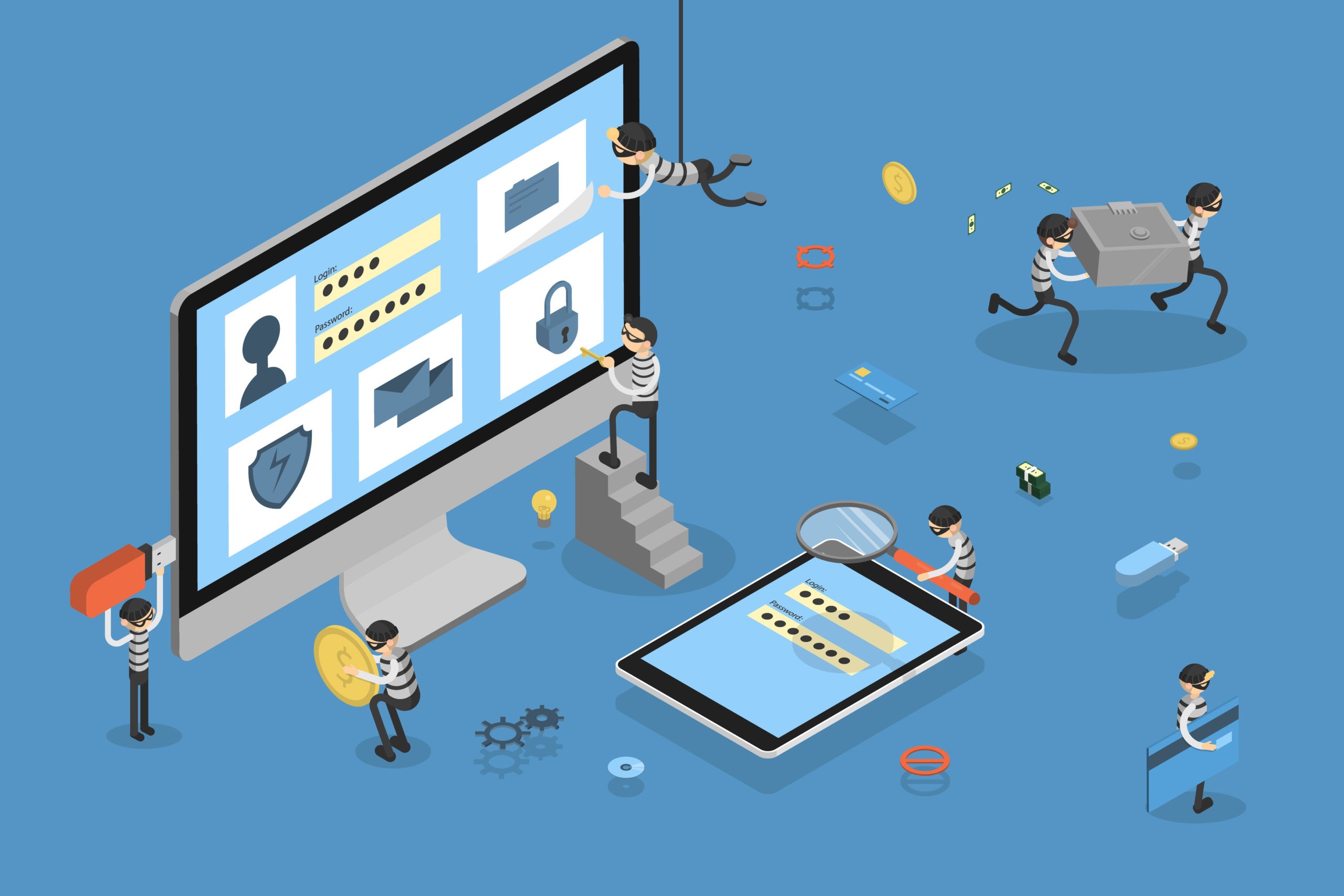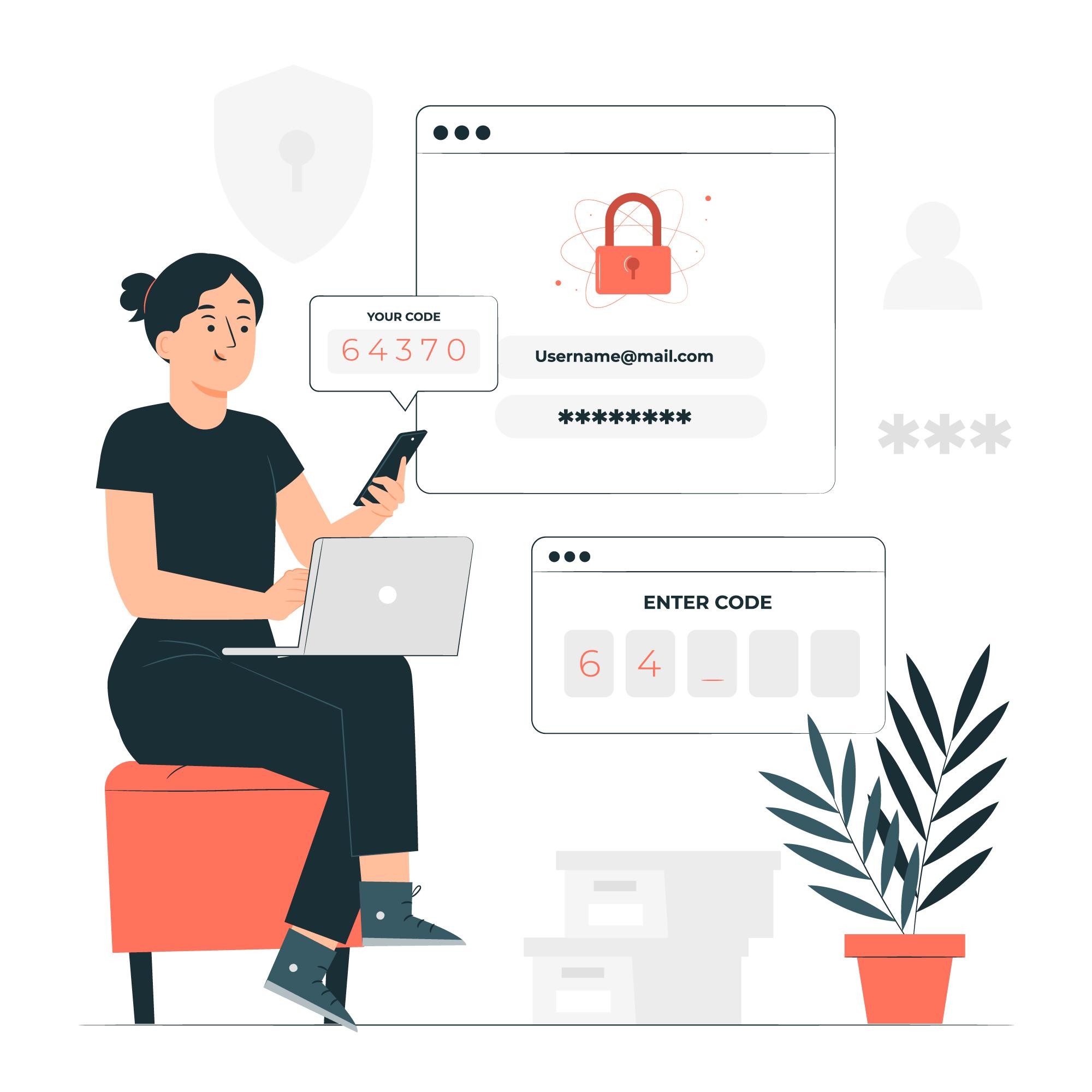A Guide on Preventing a Data Breach
The most significant threat to businesses around the globe shares a common enemy: the data breach.
Cybersecurity problems are as powerful as a worldwide pandemic, with statistics showing a dramatic ongoing surge of breached data common in all workplaces.

How bad is it? As cyber hacks continue to dominate business news today, it’s essential to understand the sheer numbers of how many firms have been successfully attacked just in 2020 alone.
In the first half of 2020, there were about thirty-six billion data leaks. The average cost of this data breach burden is estimated to be 3.86 million! Any firm with security flaws must be proactive and improve its systems as soon as possible.
Malicious actors continue to create ingenious methods of hacking governments, businesses, and private citizens. IBM reports the average time it took even to discover these breaches was about 207 days!
Looking ahead to the 2021 data breach forecasts, experts predict this trend will continue to grow fast, especially with the arrival of 5G, which leaves millions of devices open to cyberattacks.
It’s time to prevent data breaches and not become a victim of criminals. Your organization must guarantee privacy for your clients and employees too. Hence, ongoing security threats must be tackled by all organizations.
Understanding and tackling these critical security issues is paramount for any business.
Luckily, we’ve got some handy tips for correcting some of your problems within your systems.
Keep Your Small Business Safe!
We have more than twenty years of experience working with financial firms, so you can be assured that we’ll take care of your every need.

How to Prevent Data Breaches: 4 Steps
Our team of IT experts has created this handy guide to help you understand the frightening new world of data breaches. We encourage you to follow our tips to prevent cyberattacks from happening to your business.
Use Multi-Factor Authentication (MFA)

- Activating an MFA system within your business for all passwords is an affordable, simple, and protective action that may save you from some types of cyberattacks. This means you use multiple passwords and ways to verify those passwords.
- Multi-factor authentication makes sure all digital users are identified before they gain access to your business systems. This authentication requires all users to provide a minimum of two different identifiers to prove their identity.
- An organization or individual should never rely upon one layer of password protection for access to any account.
- Remember to further protect your systems by never handing out passwords that last indefinitely. Instead, create new passwords often, perhaps quarterly. Hackers love individuals or companies who use the same password over and over, such as in their company system, their banking log-in, etc.
Train Your Team NOW
- Your employees are the most vulnerable piece of your security puzzle. Reports show that employee mistakes lead to data breaches in more than 90 percent of all cyber hacks.
- Create an in-depth mandatory employee education program. From beginner to management, all employees must be trained to avoid falling for cyberattacks.
- Teach your staff that the most common way malicious actors break into a firm’s data system is via phishing. Phishing uses trusted company executives or managers and asks an employee via email to click on a link or sign in using their password. This scam leads to a cyberattack.
Check for Data Breaches Daily and Perform Audits

- Many hacked companies are unaware they have had a data breach for months. Even the US government did not know numerous high-security departments had been breached for about six months after the Solarwinds hacking in 2020.
- The best way to stop cyber hacking in its tracks is to know it has occurred. If your IT team can’t run a check daily on your systems, hire a consultant to do this vital review for you every day.
- Cybersecurity firms can run a regularly planned security audit for your firm and help you correct your security issues. This action is key to the very survival and success of your business.
Protect Your Remote Workers
- With most of the world working from home for about a year now, criminals have begun to focus on breaking into remote workers at home and then attacking their organization.
- One well-known security company reported their firm saw a 700 percent increase in “cyber-related losses that can be directly or indirectly attributed to Covid-19 and a work-from-home context.”
- One step you can take is to issue company laptops that include robust security systems for anyone working from home.
- Also, advise staff members never to use public Wi-Fi since it is incredibly vulnerable to hackers.
- Warn your remote workers that even if they are working from home, they are at the mercy of phishing emails and other data breach issues.
Know Your Cyber Enemy
If you want to win at chess, you spend time practicing and mastering the game. Before you can protect your private data from malicious cybercriminals, you must first know the facts about the hacking trends and your vulnerabilities.

Knowing about your vulnerabilities that may lead to a data breach must be a key part of your cybersecurity strategy. In order to prevent data breaches, you need to understand how today’s digitally driven world falls prey to malicious actors.
Cybercriminals are looking to earn their living by thwarting your security systems. They use devious methods of hacking, including identity theft, criminal text messages, phishing attacks, theft of business files, hacking of banking information, and much more.
To protect your organization and prevent data breaches, you must be fluent in the language of criminals. As the CEO or owner of any business, big or small, you must also embrace the responsibility to educate the individuals working at your firm about security measures that must be taken against any kind of data theft.
You must also educate all of your staff, including remote workers who work from home. Every time you train employees, you should be adding a vital new layer of cybersecurity. Security policies must be implemented in every segment of the organization.
The following information will help your entire team learn all about data breaches and how to help prevent data theft.
Here are some critical facts about data breaches.
- People, not computers, are responsible for 95 percent of all cybersecurity breaches.
- Malicious actors are the primary source of all breaches, and misconfigured, error-prone databases and services are the most significant cause of why so many records are exposed to them.
- The average number of company folders that are adequately protected is five percent. Therefore, human error is a critical step in why data breaches happen.
- A recent study by Varonis reports that when companies reviewed their internal security systems, 53 percent of businesses discovered over 1,000 sensitive files that each employee can access at any given time.
- The top vulnerable attachment formats are .doc and .dot.
- Verizon reports the breakdown of data breaches are: 45 percent hacking, 22 percent phishing, and 17 percent malware. Educate your team about what vulnerability means so they understand what threats to avoid.
- Hacking is a global threat for every business. Criminals break into digital systems and steal files from anyone, both small mom-and-pop companies, and gigantic international conglomerates.
- Phishing refers to email schemes. Cybercriminals spam email messages to your workers to fish for information. These emails are very creative and can trick your employees into clicking risky links that lure them to fake websites or infect their devices with malicious software. Phishing scams can obtain personal, business, and financial information like social security numbers and credit card numbers from unsuspecting victims.
Malware offers the most common path to the data breach. It’s malicious software that enters and spreads into your systems.
Malware, a virus, a worm, and a trojan, are often used interchangeably but each is attacking your systems in a different way:
-
-
- A worm replicates within your computer systems and spreads across all business computers.
- A virus is really a piece of code that enters your computer and spreads fast. It’s implementing into your system, damages everything on its way and leads to data breaches.
- A trojan is a program that tricks the user. An individual doesn’t immediately see anything uncommon. For example, a trojan can come from a “bank” with one letter missing in its name or from a company’s president with one letter misspelled in the email address. Once someone clicks on a trojan, it will be activated and enter your systems, causing great damage.
-
Takeaway
Data breaches are not going away. Instead, instances of this illegal online theft are growing daily.
We’ve offered you a snapshot of best practices for protecting your firm and employees from a severe data breach. From knowing the basics of what a cyber breach is to your employees’ education and more, we encourage you to start checking your systems’ security today.
If you want to add an extra layer of protection to your systems, consider getting some help from our IT experts. We’ll provide you with a whole new arsenal of cybersecurity tools, keeping your business safe and you from stressing about data breaches. Schedule a free consultation today!
Keep Your Small Business Safe!
We have more than twenty years of experience working with financial firms, so you can be assured that we’ll take care of your every need.

